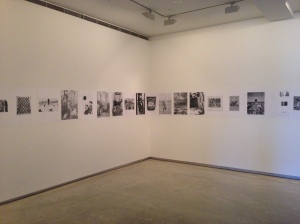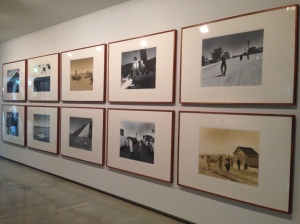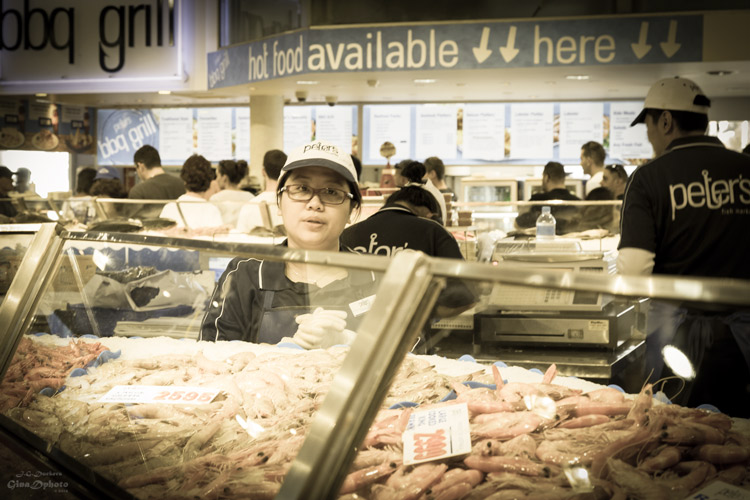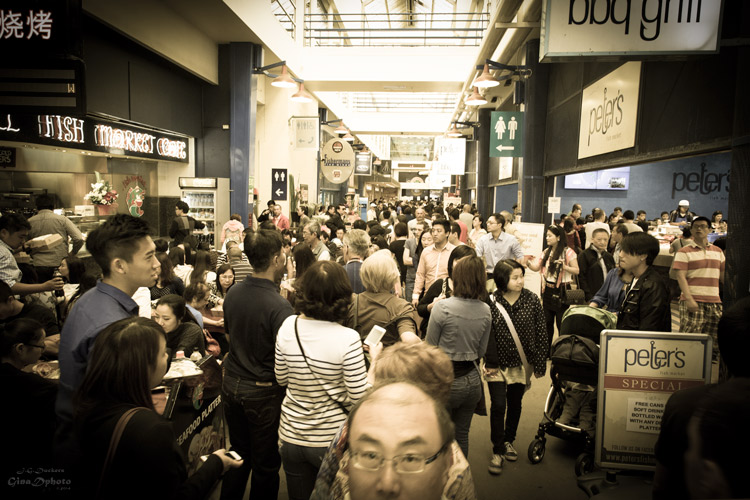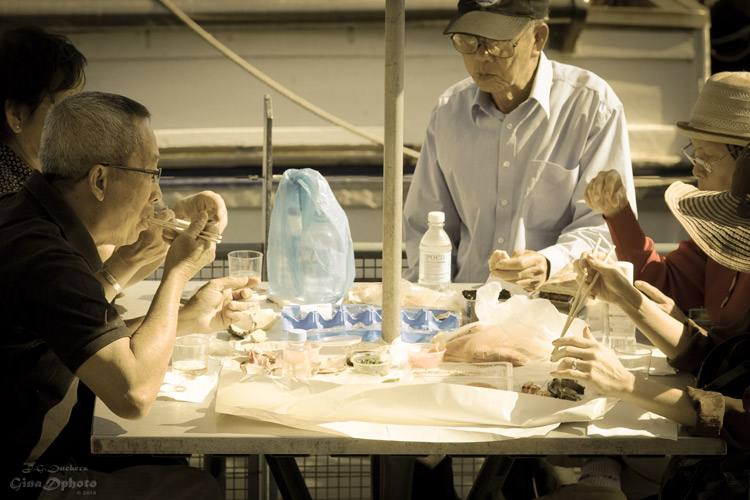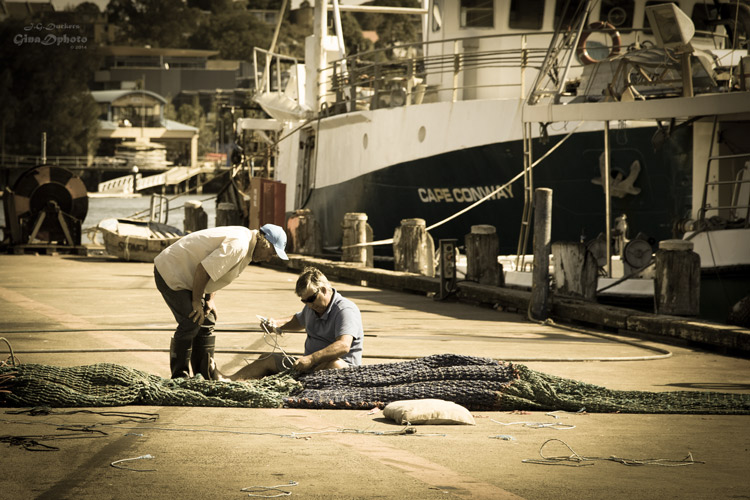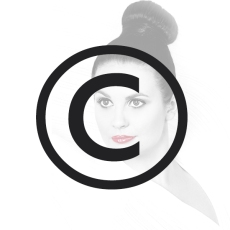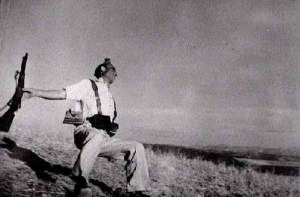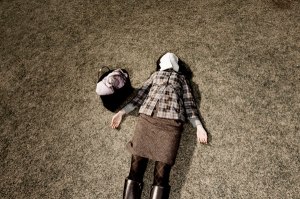The objective of this activity is to gain experience in critiquing photography.
I have decided to visit an exhibition at the Museum of Contemporary Art (Australia). The exhibition I visited is called: Volume One: MCA Collection and it is dedicated to exhibiting, collecting and intepreting the work of today’s artists. There is a work from Australian contemporary artists. There are paintings, photographs, sculptures, objects, video’s, text pictures and other interesting work. The purpose of this assignment is to critique a work of photography exhibition. There were four photographers having their work on display – Tim Johnson, Tracey Moffatt, Tom Nicholson and Rafaat Ishak but the two last photographers are displaying their photographs together as a Proposition for a banner.
Description (what is here and what is it about?): each of these three layouts of different authors have completely different style and are placed at different rooms around the exhibition among other artwork. First photographs by Tim Johnson are very small colored prints placed in batches in three frames (one frame includes about 16 photographs – 4×6 inches) and are representing a series of photographs of Papunya which is a small Indigenous Australian community about 240km northwest from Alice Springs in the Northern Territory taken 1982. It shows the life of the community but also includes photographs of the author with the local people. Second series are larger photographs (8x12inches) photographed by Tracey Moffatt in 1977. They are mix of colored and black and white photographs of people in the streets or landscape itself. Some photos are very powerful like the one where people are standing on the street in their nightclothes looking very scared. Since there is no more description to the photographs it is hard to tell where is it from. Each photo is powerful in its composition and objects shown. One of the last photos shows a small crowd of boys where one is approaching the photographer looking very angry, this one really . The third part is represented by work of two artists and was placed in a separate room all around as a banner – and it is called Proposition of a banner march and a black cube hot air baloon and it is a mix of different black and white photographs that’s been developed by both photographers during 2003 – 2012. They refer to hot air ballooning and street protests. They are printed on regular paper and the print is not the best quality. It is referring to a work that may or may not be finally produced so it is not just about the photographs but about the whole project.
My opinion: I really enjoyed the work of Tracey Moffatt as I do like bigger prints where you can see more. This is a bit that for me brings down the work of Tim Johnson. These were just old photographs in small prints of not the best quality nor color, but on the other hand interesting captures. They were very descriptive, they could be also described as ethically evaluative as they show some social aspects of the community life. Work of Tracey Moffatt is also descriptive but definitely interpretative as involves personal point of view to think of the story that might be behind the photographs. It could also be described as ethically evaluative as lots of the photos raise a question about the situation – soldiers standing on a car, girl standing alone in front of a big gate etc. Work of Tom Nicholson and Rafaat is very interesting project but I personally do not enjoy work printed on regular paper even though I understand the approach. They are descriptive but also interpretative in a way of telling a story about the balloon. Because of the protests they are documenting they could be also taken under category ethically evaluative.
© Gina D Photo 2014
